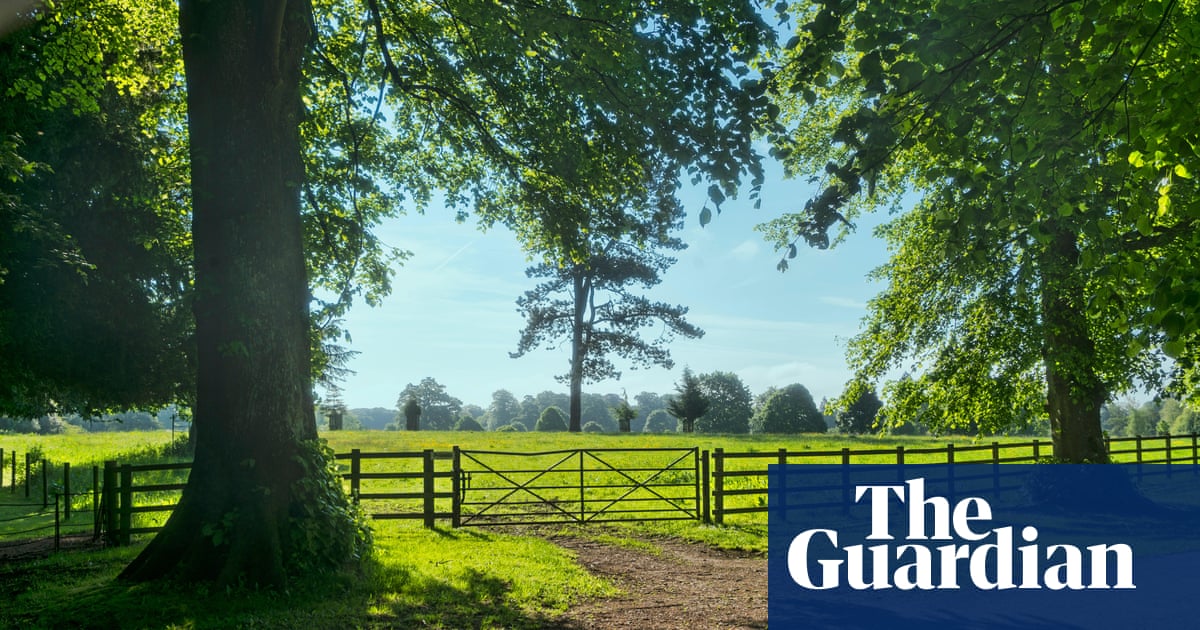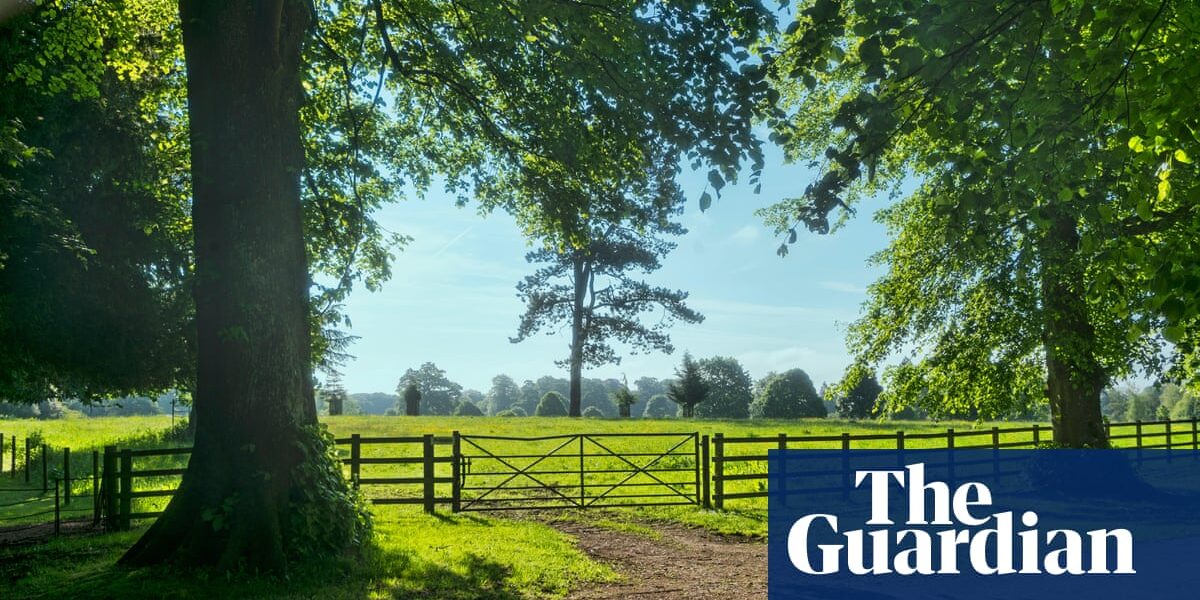According to activists, many of England’s designated “national landscapes” are inaccessible.

England’s most stunning “national landscapes” are largely out of bounds, and 22 of the 34 have less than 10% of their area open to the public, research has found.
Government officials changed the name of areas that are highly valued for their natural beauty from “areas of outstanding natural beauty” to “national landscapes” last year. The main goal of this change was to make these areas more accessible to the public, in order to promote a greater connection with nature. Officials stated that the new name reflects the understanding that these areas hold significance beyond just their aesthetic appeal, such as their ability to enhance overall health and happiness.
According to the National Landscape Association, an organization managed by the government that supports national landscapes and their preservation agencies, approximately 66% of individuals in England (44 million) have access to a national landscape within a 30-minute distance, and these areas receive at least 170 million visitors each year.
Unfortunately, recent studies from the Right to Roam campaign reveal that a vast majority of these stunning locations are not easily accessible for strolling or engaging in outdoor activities.
The majority of national landscapes in England have limited access to footpaths compared to the overall average throughout the country. This is concerning given that these areas are known as primary entry points to experiencing the beauty of nature. On average, there are approximately 2km of public rights of way per sq km in England. However, out of the 33 national landscapes, 22 have a lower than average density of public rights of way and six of these have less than 1km of paths per sq km.
Only 1.2% of the Cotswolds is considered accessible land, making it one of the least accessible national landscapes. Demonstrators will gather at Cirencester Park in the Cotswolds this weekend to protest against the owners’ decision to charge for entry to the public green space. This change means that there is now over a third less land available for free public access in the Cotswolds, dropping from 4,000 hectares (9,884 acres) to 2,500 hectares.
During the mid-20th century, areas of exceptional natural beauty were identified and established, coinciding with the creation of national parks. These areas were recognized for their value in preserving their picturesque landscapes, but were not expansive or untamed enough to qualify as a national park. Some notable examples include the Chiltern Hills, Norfolk coast, Mendip Hills, and Wye Valley.
The Countryside and Rights of Way Act designates specific areas of national landscapes that are accessible to the public. For example, the Lincolnshire Wolds only have seven hectares open for public use. In contrast, the North Pennines offers a much larger area of 126,267 hectares for public roaming.
The countryside in England, Northern Ireland, and Wales has restricted access for the general public. However, in Scotland, people have the lawful freedom to travel across the countryside, as long as they act respectfully and do not leave any evidence of their presence or disrupt farmland.
Caroline Lucas, the Green MP for Brighton Pavilion, has previously tabled a right to roam bill in the House of Commons, asking for expanded access to woodlands and the green belt. It has not passed through parliament and is unlikely to as a private member’s bill without the support of either the government or the larger opposition parties.
”
According to her, having access to nature is crucial for our overall well-being, so it is harmful, unjust, and unacceptable that a large portion of the breathtaking British countryside is inaccessible to most individuals.
Any government that truly prioritize national health and well-being would swiftly take action to guarantee that every individual has a lawful and all-inclusive right to freely explore and appreciate the natural world around them.
According to Lewis Winks, a member of the Right to Roam campaign, it is quite surprising that many of our cherished landscapes are mostly off limits. This highlights the flaws in our access system in England.
”
“When our designated ‘nearby countryside’ is not easily accessible, it serves as a vital reminder that access reform should encompass more than just land use, but also prioritize connectivity and clarity.”
The way we currently handle exclusions is incredibly unclear and insufficient. Instead, a system where access is assumed and reasonable exclusions are justified – as demonstrated in Scotland and Scandinavia – would create the necessary conditions for people to feel connected and included, supported by an access system that is welcoming instead of dismissive.
Source: theguardian.com



